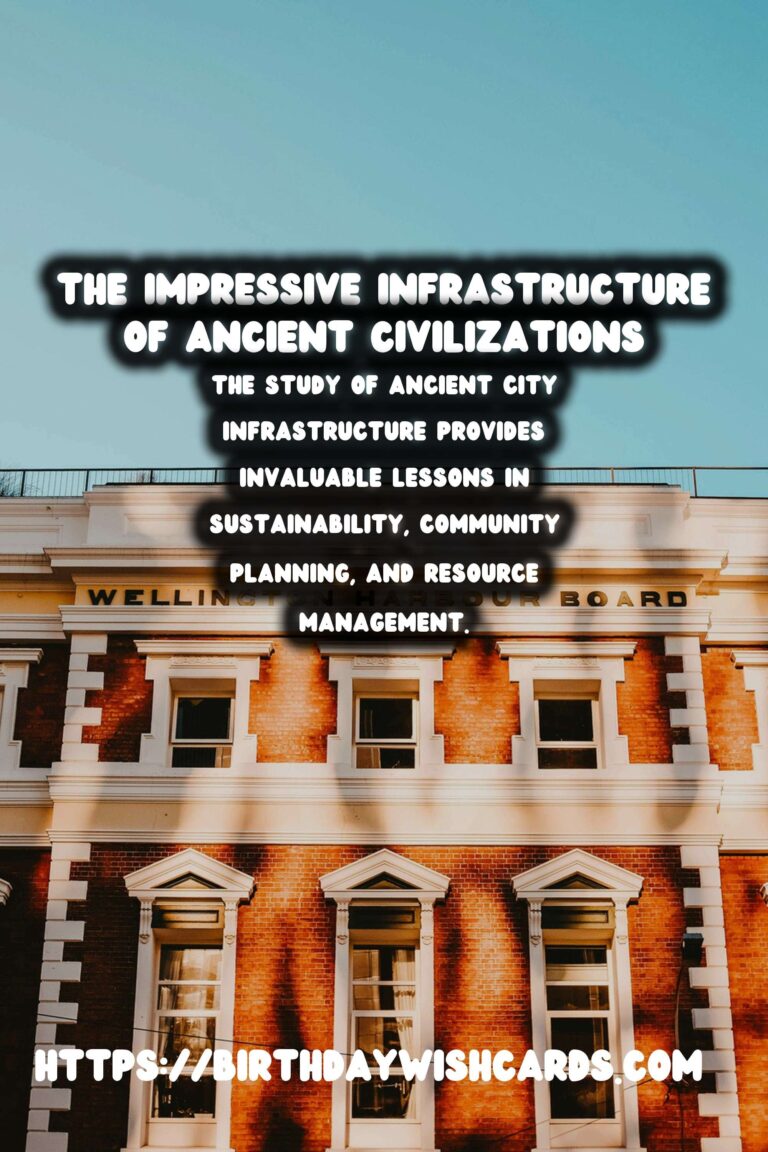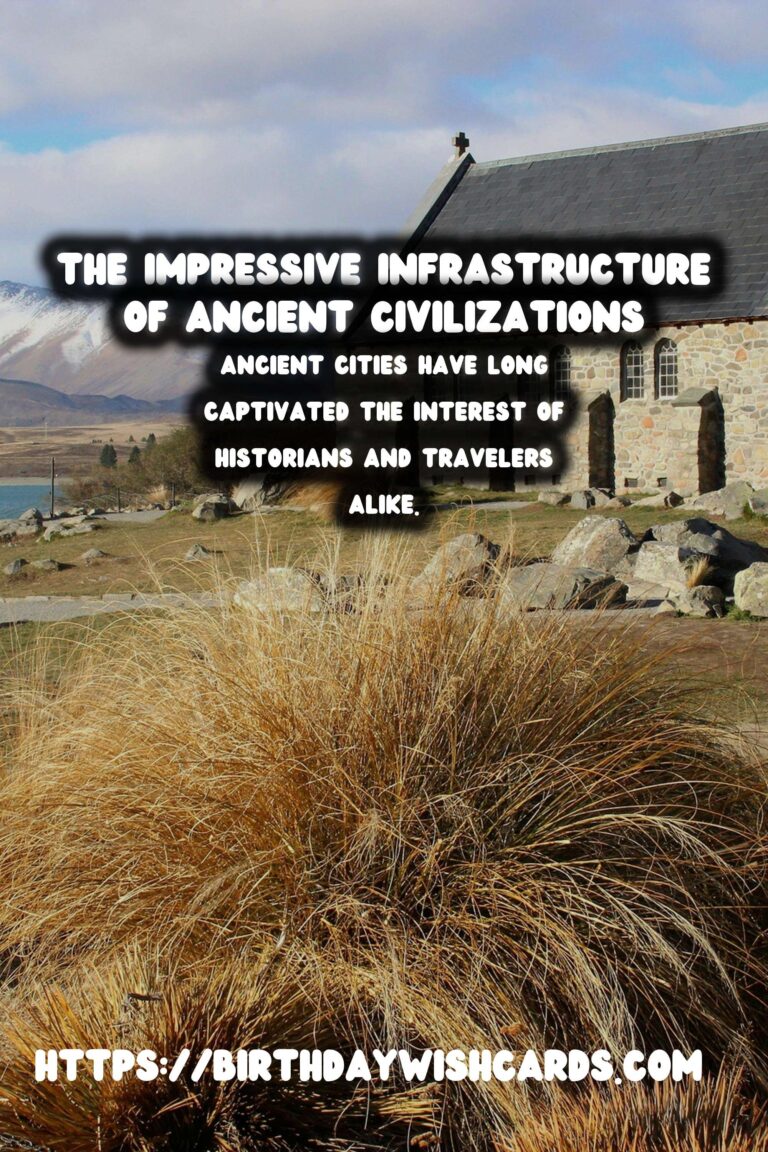
Ancient cities have long captivated the interest of historians and travelers alike. These cities, remnants of great civilizations, showcase incredible feats of engineering and architecture that continue to astonish us today. From the bustling streets of Ancient Rome to the majestic temples of Angkor Wat, each city offers unique insights into the past.
The Foundations of Ancient Civilizations
At the heart of any ancient city lies its infrastructure. Infrastructure in these cities wasn’t mere necessity; it was a testament to the cultural and socio-political ethos of their time. Ancient urban planners ingeniously used locally available materials and techniques to construct enduring structures.
Consider the Roman Empire, renowned for its advanced infrastructure. Roman roads stretched across continents, facilitating trade and the movement of troops. The ability to lay such comprehensive and reliable roads was a key factor in maintaining their vast empire.
Architectural Innovations
The architecture of ancient cities was profoundly influenced by the geography and resources at their disposal. The Egyptians harnessed the Nile to construct the pyramids, using the river for transporting massive stone blocks. Similarly, the Mayans, with their deep understanding of astronomy, aligned their temples with celestial bodies, reflecting their spiritual beliefs.
In the eastern realms, the Great Wall of China stands as a monumental feat of defense infrastructure. Spanning thousands of kilometers, it was a protective shield against invasions and a symbol of China’s enduring strength.
Water Management Systems
Water was a critical resource, and ancient engineers developed sophisticated systems to manage it effectively. The aqueducts of Rome were marvels of engineering, delivering water over long distances with remarkable precision, contributing to the city’s sanitation and public health.
Meanwhile, the Harrapans of the Indus Valley Civilization devised urban layouts with advanced drainage systems, which reflect their high regard for cleanliness and convenience.
The Role of Commerce and Trade
Commerce was a driving force in the development of ancient city infrastructure. Ports like those of Carthage became bustling hubs of trade, connecting different civilizations through enormous sea networks. Marketplaces in these cities were designed to accommodate traders from far and wide, facilitating economic prosperity and cultural exchange.
The widespread trade networks contributed not just to the exchange of goods but also ideas, leading to advancements in infrastructure as cities competed to become economic powerhouses.
Legacy and Preservation
Today, the ruins of these ancient cities serve as reminders of human ingenuity and the potential of civilizations to thrive in harmony with their environment. Preservation of these sites is essential for future generations to understand and appreciate this legacy.
Efforts to preserve ancient infrastructure include modern techniques such as laser scanning and 3D modeling to maintain these historical sites. The balance between preservation and allowing public access requires careful consideration by contemporary architects and historians.
Conclusion
The study of ancient city infrastructure provides invaluable lessons in sustainability, community planning, and resource management. By exploring these incredibly crafted cities, we not only admire their beauty but gain insight into the interconnectedness of human innovations through time.
These ancient infrastructures continue to inspire modern architecture and urban planning. Their legacies ensure that, while civilizations may rise and fall, the imprint of their brilliance remains indelible on the pages of history.
Ancient cities have long captivated the interest of historians and travelers alike. The study of ancient city infrastructure provides invaluable lessons in sustainability, community planning, and resource management.
#AncientCities #Infrastructure

